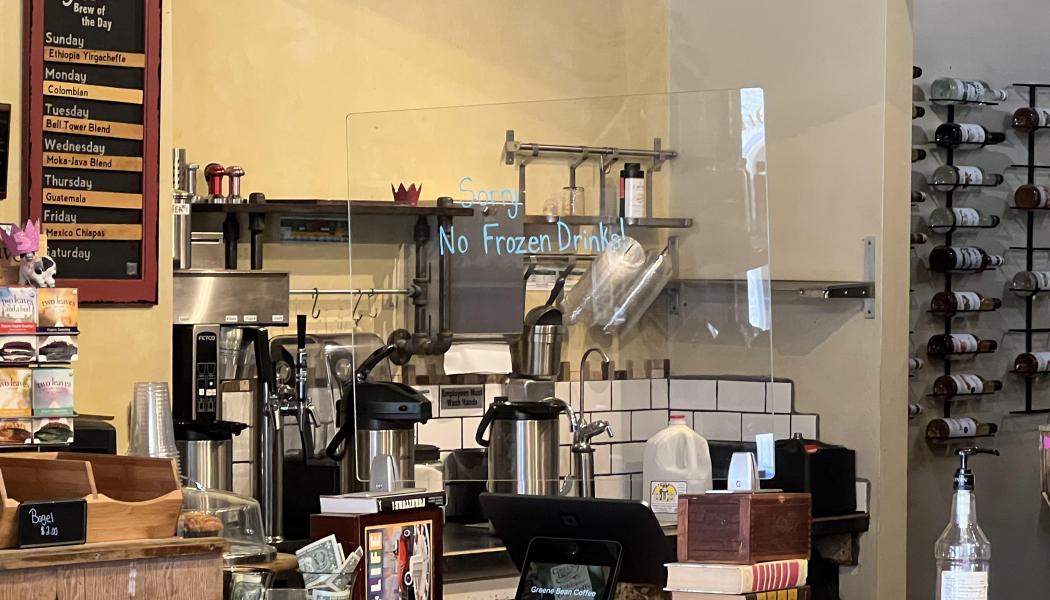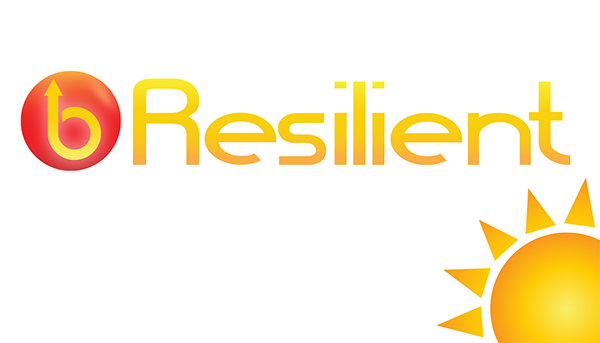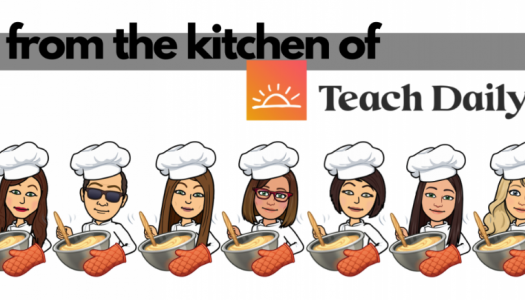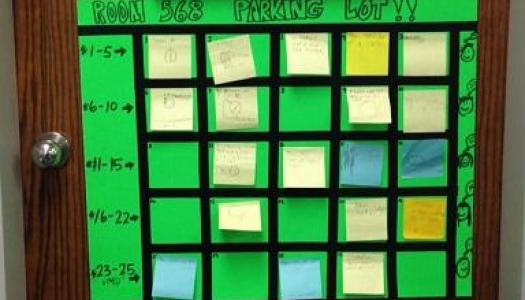
Allison Behne
A frozen Creamy Carmel is my drink of choice at the local coffee shop. Last Monday when I walked to the counter and ordered my regular drink, the barista shared they were not able to make frozen drinks that day. She pointed to the sign, which happened to be right in front of me. Bummer. I guessed I needed to look at the menu and find something else.
I sat down at a table to work, but I had trouble focusing because I was distracted by the continual stream of people ordering frozen drinks, despite the sign. And a few individuals struggled to understand the meaning of “no frozen drinks.”
Customer: “I would like a frozen hot chocolate, please.”
Barista (pointing to the sign): “We can’t make frozen drinks today.”
Customer: “Oh, okay. I’ll take a frozen Creamy Caramel then.”
Barista: “No frozen drinks includes all frozen drinks.”
Customer (laughing): “Of course! Sorry! I’ll take a strawberry smoothie.”
Barista: “That is a frozen drink, too. Our blender isn’t working, so we can’t make any blended, frozen drinks.”
I was surprised at how many variations of this same conversation took place. So, when there was a pause in coffee customers, I shared a laugh with the barista about how many of us ignored the sign, and suggested maybe they should put a note on the door to avoid having to repeat themselves continually. She said she has tried that in the past. “I’ve just realized that people don’t read signs and I’m just going to have to tell them—and many of them I will have to tell more than once.” Now, that is a statement all teachers can relate to.
How many times, this week alone, have you given directions, only to have to repeat them to a few students or possibly the whole class? Depending on what time you read this, it has probably already happened today. Listening is a skill that requires attention, and often our students, our children, or even our colleagues are distracted or sidetracked by other thoughts or actions and miss what might be right in front of them. That is when it is our job to step in with explicit instruction or an explicit explanation as we revisit the information.
In teaching, we rarely say something only once. We go over it again and again to make sure it is understood. And, we do it in many ways—verbally, visually, and sometimes kinesthetically. We share what is expected, write it down on an anchor chart, and model desired behaviors, because we know people learn in different ways and repetition helps with memory.
Next time we have to repeat something we have already said many times, should we put a sign on the door? Maybe . . . but I am guessing that won’t work for us either. However, I do believe it’s been proven that repetition, along with verbal, visual, and physical reminders, will make learning stick. And if that’s the case, it’s worth the extra words and effort.
Sale ends at midnight tonight! Don't miss out.
News From The Daily CAFE
Celebration Recipes
Exit Slips–Parking Lot









